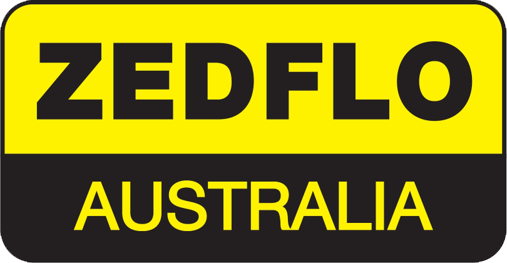Electrical Fitter Apprenticeship: Your Pathway to a Skilled Trade

Electrical fitters are essential in WA’s energy and infrastructure sectors, ensuring electrical equipment, switchgear, and control systems operate safely and reliably. If you’re considering a hands-on career in the electrical industry, completing an electrical fitter apprenticeship is the recognised pathway to becoming a qualified electrical fitter.
Electrical Fitting Apprenticeship
What Does an Electrical Fitter Do?
An electrical fitter specialises in assembling, installing, maintaining, and repairing electrical equipment. Unlike electrotechnology electricians who are trained in general electrical work and focus on installing and maintaining electrical equipment, electrical fitters specialise in more complex wiring and electrical fittings, including:
- Switchboards and control panels
- Electric motors and generators
- Power distribution systems
- Heavy industrial equipment
This career path suits individuals who enjoy practical problem-solving, mechanical work, and working with complex electrical systems.
If you are interested in learning more about electrotechnology, read our guide here.
Skills You’ll Develop During an Apprenticeship
Completing a Certificate III in Electrical Fitting gives you a strong mix of technical skills and on-the-job training. Key skills developed include:
- Testing and fault finding on electrical machines and systems.
- Disconnecting and reconnecting fixed electrical equipment.
- Installing and maintaining industrial control systems.
- Applying WHS practices to meet safety and compliance standards.
- Reading and interpreting electrical drawings and technical diagrams.
By the end of your apprenticeship, you’ll have the knowledge and practical experience needed to work independently as a licensed electrical fitter.
CET’s Electrical Fitter Apprenticeship Training
At CET, our Certificate III in Electrical Fitting apprenticeship blends classroom learning with structured, hands-on training.
- Industry-aligned curriculum developed with WA’s energy and infrastructure sectors.
- Specialist trainers with extensive trade experience.
- Practical workshops simulating real-world work environments.
- Pathways to further training if you want to expand your career into other areas of electrotechnology.
Our focus is on making sure you graduate job-ready, confident, and compliant with industry standards.
Explore the course: Certificate III in Electrical Fitting
Why Choose an Electrical Fitter Apprenticeship?
WA has a growing demand for skilled trades, particularly in energy, mining, and heavy industry. An electrical fitter apprenticeship offers:
- Strong job security in essential industries.
- Paid on-the-job learning while you study.
- A nationally recognised qualification in electrical fitting.
- Opportunities for further upskilling into related areas of electrotechnology.
For more information on how to start an electrical apprenticeship, read our guide here.
What jobs can you do as an Electrical Fitter?
As an electrical fitter, your work focuses on the installation, testing, maintenance, and repair of electrical equipment rather than wiring buildings. Typical jobs include assembling and servicing switchboards, repairing electric motors and generators, installing control panels, and maintaining power distribution systems in industrial settings. Electrical fitters are also employed in mining, manufacturing, utilities, and infrastructure projects, ensuring critical equipment runs safely and efficiently.
Choosing CET for your Electrical Fitting Apprenticeship
Starting an electrical fitter apprenticeship is your gateway to a stable, in-demand trade career. With CET’s hands-on training and industry connections, you’ll gain the skills, confidence, and qualification needed to thrive as an electrical fitter in WA.













